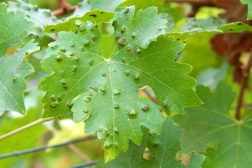Definition
noun
A laboratory method used to locate the 5’end of a transcript in a mixture of RNA using nuclease S1
Supplement
S1 nuclease mapping is a nuclease protection assay using nuclease S1. This technique is used to quantify and map RNA transcripts. It is capable of identifying individual RNAs in a mixture of RNA sample of known sequence. It can particularly map introns and 5′ and 3′ ends of transcribed gene regions. As it is capable of quantifying the amount of mRNA, it can therefore identify the level of transcription of the gene in the cell. Apart from this, it can also determine RNA interference since it can detect the presence of double stranded RNA. The disadvantage though with S1 nuclease mapping is its limitation to the size of the initial probes because of the destruction of the non-hybridized RNA during nuclease digestion. And if high concentration is used, a break can occur in the DNA duplex. The use of labeled probe makes it a rather complicated procedure.1 Nuclease S1 is used when the probe is a DNA molecule whereas any single-strand-specific ribonuclease is used when the probe is RNA molecule.
See also:
Reference(s):
1 Alice Mumbey-Wafula. 20 February 2004. Primer extension, and nuclease si mapping. – Biology. Biochemistry Seminar.







